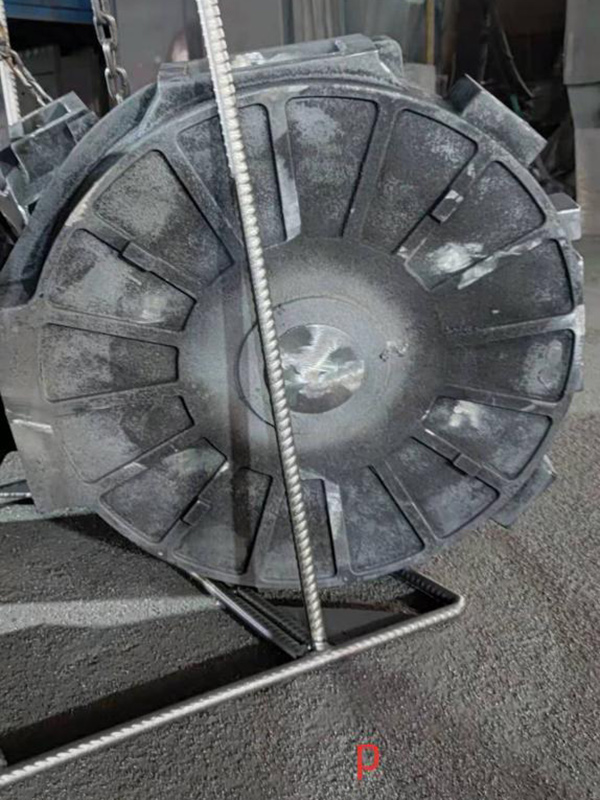What to Sand Resin With A Guide for Your DIY Projects
Resin crafting has gained immense popularity in recent years, as it allows artists and hobbyists to create stunning, durable pieces. Whether you're making resin jewelry, coasters, or artistic tabletop designs, achieving a smooth finish is crucial for a professional look. One of the key steps in the resin finishing process is sanding, and knowing what to sand resin with can significantly influence the outcome of your project.
Choosing the Right Sanding Tools
When it comes to sanding resin, selecting the correct tools is essential. Generally, you'll want to start with sandpaper designed for wet or dry usage. Sanding resin can create a lot of dust and debris, so using wet sanding can help minimize this mess and reduce the risk of scratches.
1. Sandpaper Grit Start with a coarse grit sandpaper, such as 80 or 120 grit, to remove any bumps or imperfections. Once the surface is smooth, gradually move to medium grits like 220 and finish with fine grits ranging from 400 to 2000. This progression helps to avoid deep scratches while polishing the surface to a glossy finish.
2. Sanding Block or Sponge For larger surfaces, using a sanding block or sanding sponge can provide even pressure and control. It’s especially useful for flat areas, ensuring that you don’t create uneven spots. For intricate designs, flexible sanding sponges can conform to curves and edges without damaging the resin.
3. Electric Tools If you're working on a larger project or want to speed up the sanding process, consider using an electric orbital sander with the appropriate sanding pads. This can save time and provide uniform results. However, be cautious, as excessive pressure or speed can lead to overheating and damage the resin.
Wet Sanding Technique
what to sand resin with

Wet sanding is often recommended when finishing resin surfaces. By using water or a lubricant during the sanding process, you can reduce dust, prevent clogging of the sandpaper, and minimize scratching. Here’s how to effectively wet sand resin
2. Use Water Dampen the sandpaper or the resin surface with water. This helps create a slurry that carries dust away, keeping the sandpaper effective for longer.
3. Light Pressure Apply light pressure while sanding. The goal is to smooth the surface rather than remove material excessively. Move in circular motions or back-and-forth strokes to achieve an even finish.
4. Rinse Regularly Frequently rinse the sandpaper and the resin surface to prevent residue buildup, ensuring optimal results.
Finishing Touches
After sanding, it’s time to polish the resin. You can use polishing compounds or buffing pads designed for plastics to restore shine.
In summary, when sanding resin, use the right grit sandpaper, consider wet sanding techniques, and be mindful of the tools you employ. Following these guidelines will help you achieve that smooth, glossy finish that elevates your resin projects to a new level. Happy crafting!
Post time:නොවැ. . 04, 2024 03:33
Next:how to sand 3d print
